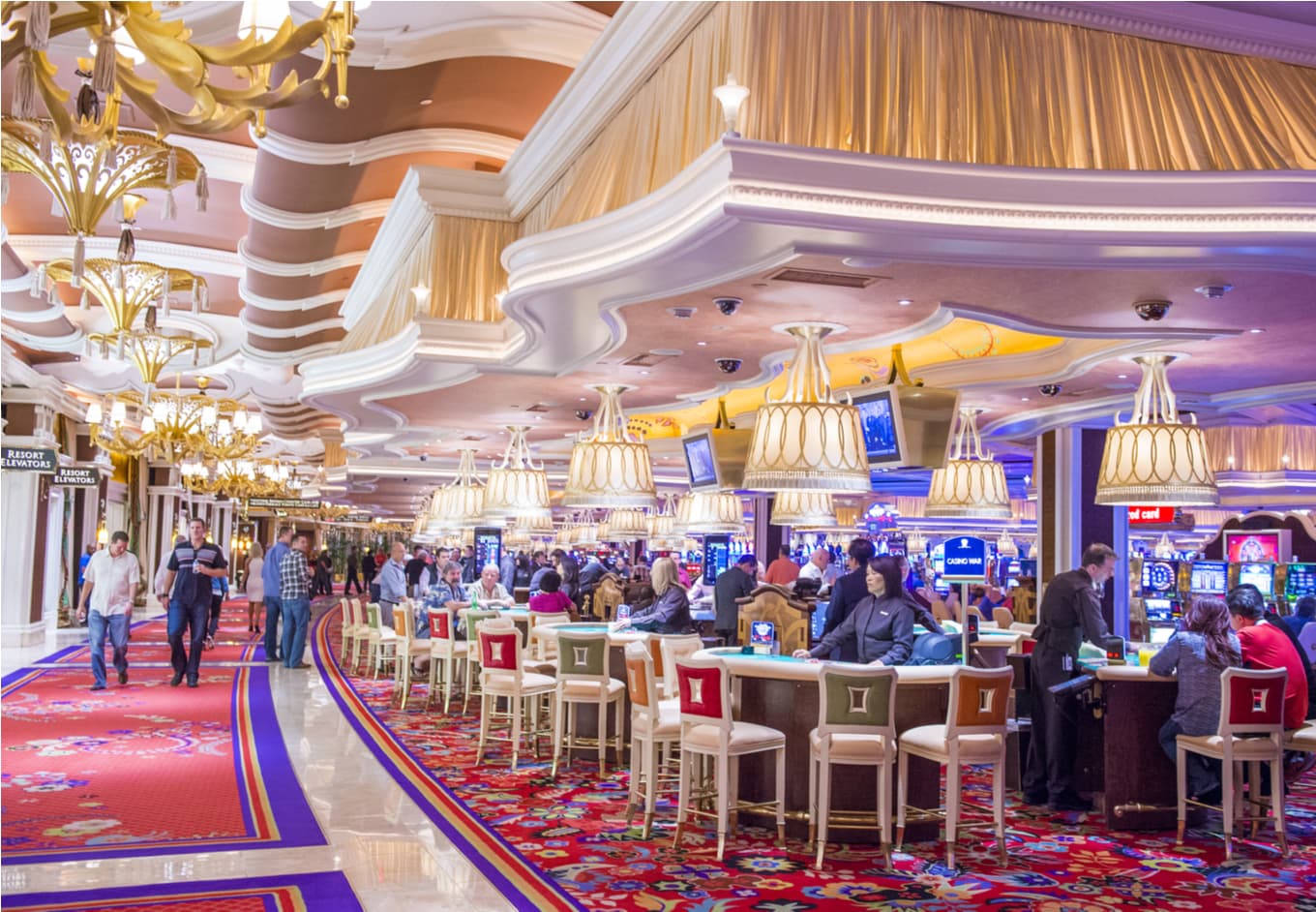
In the shadows of these glittering lights plus the alluring sounds of spinning wheels lies a vibrant world in which innovation meets numbers: the making of games of chance. While players converge to casinos seeking thrills and the possibility of striking it rich big, a huge amount of work takes place behind the scenes to create the games they enjoy. From the starting concept to the ultimate product that players engage with, many elements come together to ensure an captivating play experience.
Creators, technicians, plus game creators collaborate to combine cutting-edge technology with enthralling gameplay mechanics. Every aspect, from visuals plus audio elements to probabilities plus returns, is carefully crafted to draw in players and keep them entertained. Understanding this complex process of how casino games are made reveals not only the technical skills required but also the creative vision that brings these engaging experiences to life.
Game Design Process
The game workflow begins with brainstorming and conceptualization, where creators generate ideas for innovative casino games. This first phase often includes pinpointing target audiences and understanding market trends. Designers take into account factors such as game mechanics, themes, and payout structures to develop an immersive experience. Teamwork between game designers, mathematicians, and artists is crucial to ensure a well-rounded concept.
Once a design is chosen, the next stage entails creating prototypes and testing. Designers build a functional version of the game to assess its playability and mechanics. This facilitates adjustments and refinements based on feedback from testers. Reiteration is vital, as designers may go through multiple rounds of testing to optimize gameplay balance and user experience. This phase is crucial for spotting any possible issues before the game goes into production.
After testing, the game moves into development and production. This includes the technical aspects of coding the game software, integrating graphics, and ensuring compliance with gaming regulations. Quality assurance testing verifies that the game functions flawlessly across various platforms and devices. Once everything is refined, the game is prepared for launch, usually accompanied by marketing strategies to draw in players and generate excitement around the latest casino game.
Technology and Development
The evolution of casino games has changed significantly with developments in technology. Contemporary game design often includes premium graphics, captivating sound effects, and dynamic animations that create a captivating experience for gamers. Game developers use sophisticated software tools and programming languages to build these interactive gaming experiences. Additionally, the use of random number generators ensures fairness and unpredictability in outcomes, which is important for ensuring player trust and compliance with gaming regulations.
In recent years, the growth of online casinos has expanded the boundaries of game development even further. Developers are now able to build games that cater to a global audience, integrating features such as live dealer options and VR environments. This transition has encouraged innovation, leading to novel game mechanics and formats that enhance player engagement. Gaming on mobile devices has also become a significant focus, encouraging developers to tailor games for mobile phones and tablets, ensuring availability and convenience for players on the go.
Collaboration among creators, artists, and mathematicians is essential in the development process. kuwin Each team contributes their expertise to ensure games are not only visually appealing but also statistically accurate and enjoyable. The integration of player feedback during testing phases allows developers to improve game features and functionalities, ultimately leading to a positive launch. As technology continues to advance, the potential for innovative game concepts and experiences is unbounded, promising an enticing future for casino games.
Assessing and Quality Control
Once a casino game has been developed, it transitions to the crucial phase of evaluation and quality control. This stage ensures that the game operates flawlessly and provides a just experience for users. Teams conduct comprehensive tests, including functionality checks to confirm that all game features work as expected. Each component, from visuals to sound effects, is evaluated to ensure high standards are met.
In addition to functionality testing, the game undergoes stringent compliance checks to meet compliance requirements. Different jurisdictions have specific rules governing game fairness and player protection. Quality assurance teams will verify that the random number generators are working correctly and that the game’s payout percentages align with market standards. This meticulous examination helps establish trust with users and authorities alike.
Finally, beta testing may be conducted with genuine players to gather opinions on user experience. This crucial insight allows developers to execute necessary adjustments before the public launch. Tackling any likely issues recognized during this phase helps ensure that users will experience a smooth, captivating experience when the game goes live. The commitment to quality reflects the sector’s dedication to delivering pleasant and reliable casino games.
